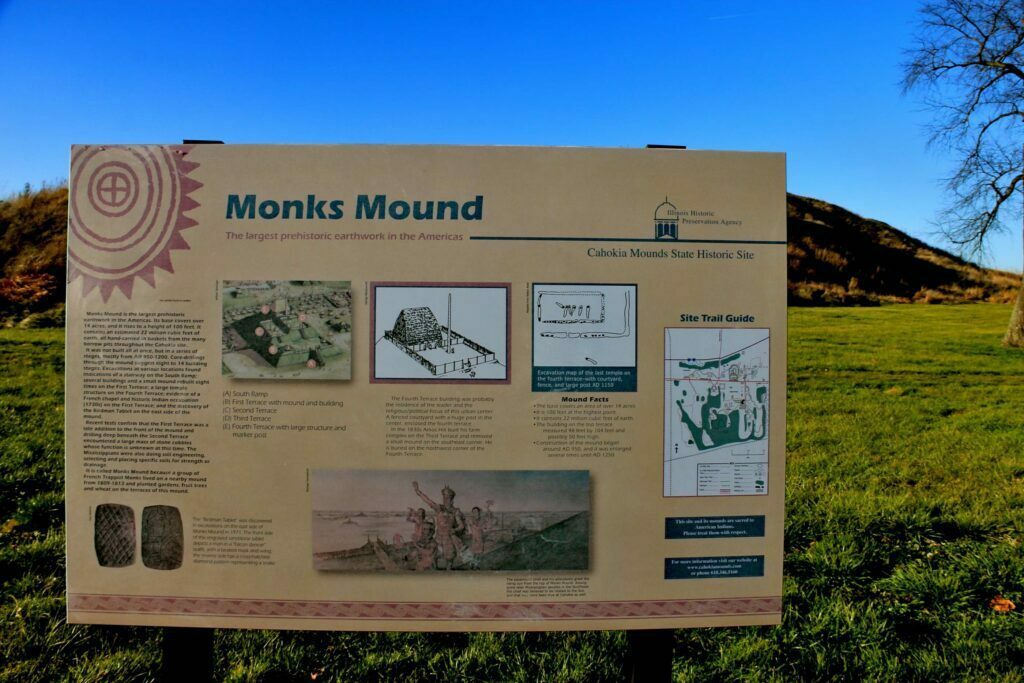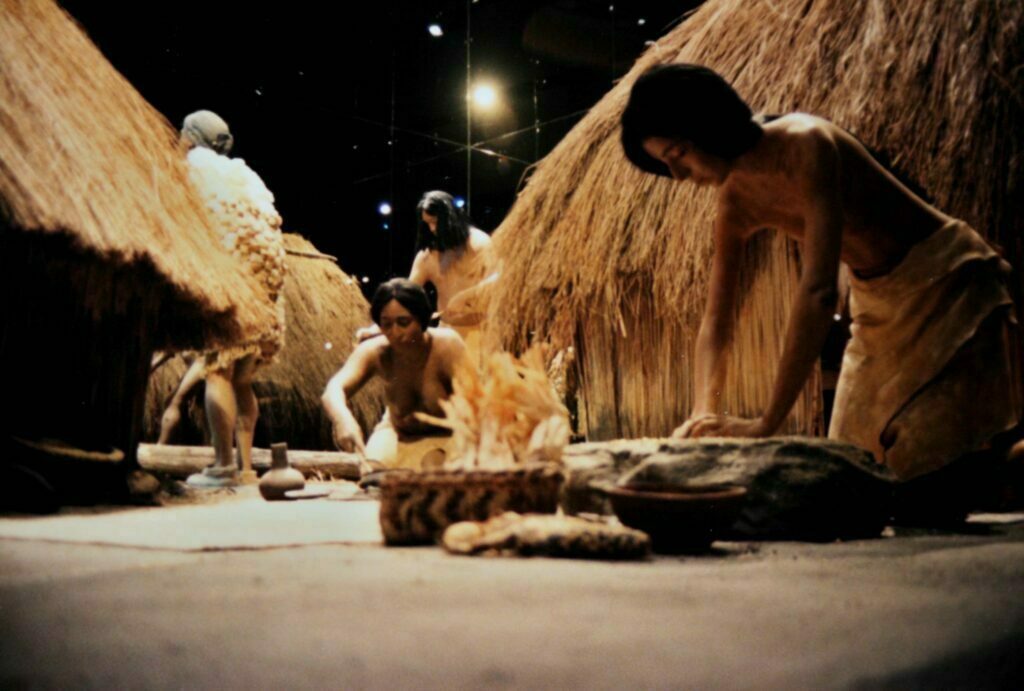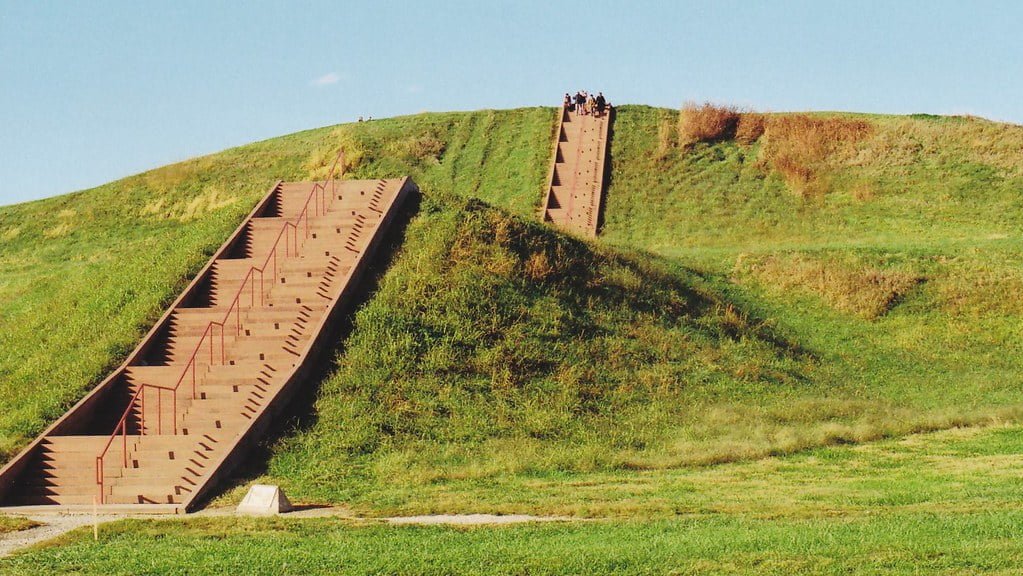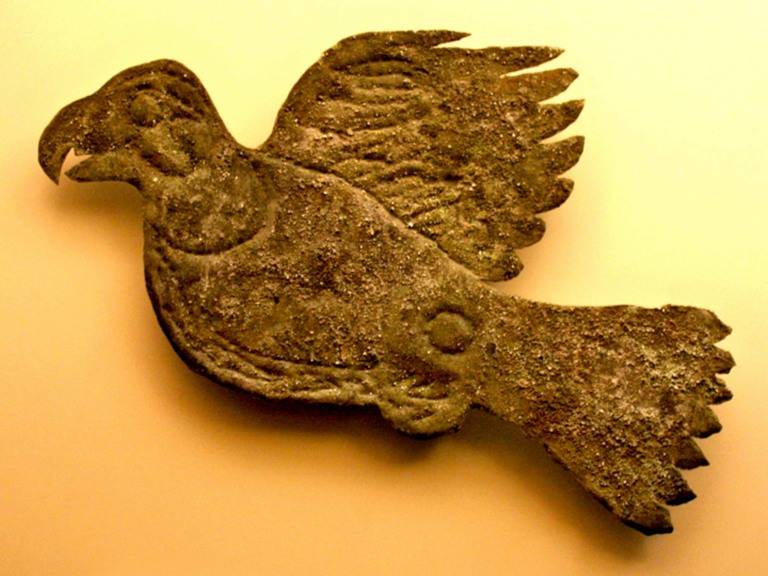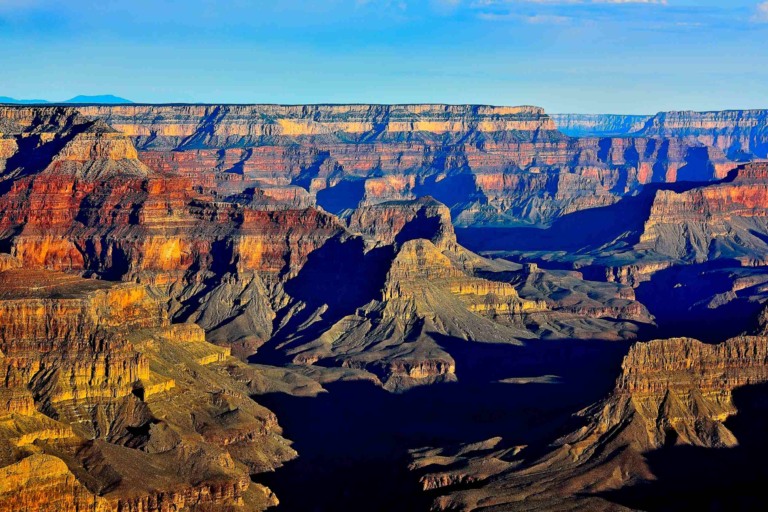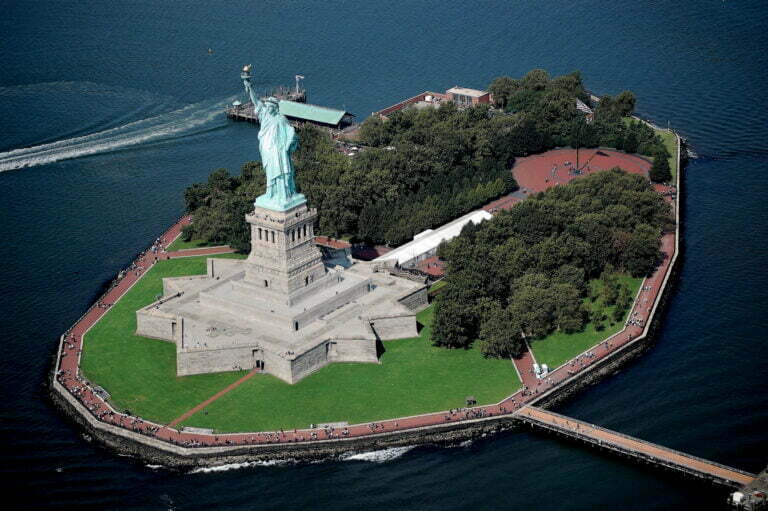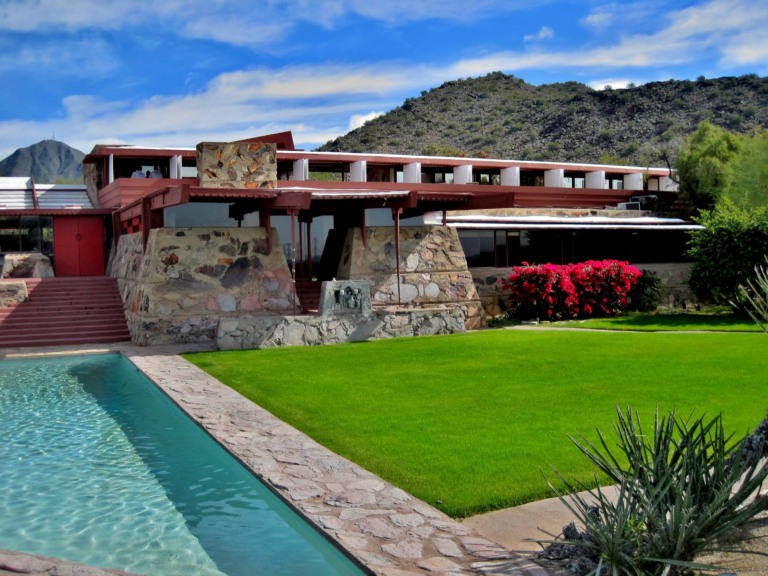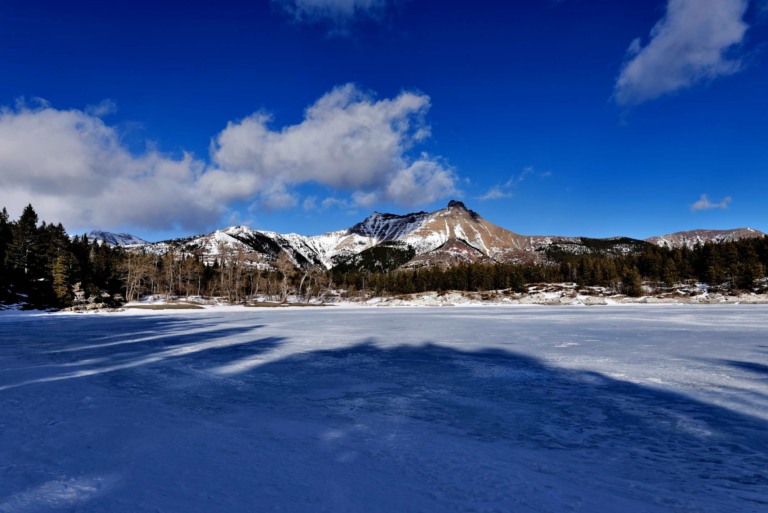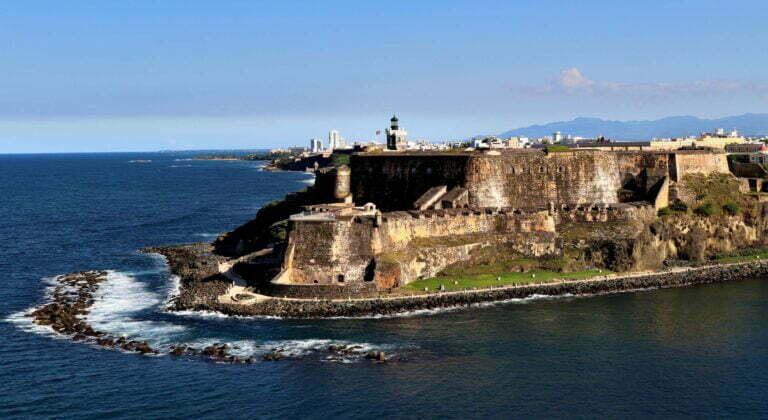Cahokia Mounds is an archaeological site in the United States. It is between St. Louis, Missouri, and Cahokia, Illinois, in the area where the Mississippi River floods.
This historic site used to have about 120 mounds that covered about 6 square miles (16 square kilometers), but some of the mounds and other old features have been destroyed.
Indian Mounds Illinois
At Cahokia Mounds State Historic Site, there are more than 70 mounds. It was made in 1979 and is 3.4 square miles in size (8.9 square kilometers). In 1982, UNESCO put it on its list of World Heritage Sites.
Cahokia was built around 700 AD, and it was a good place to live for about 400 years (c. 950–1350). At its peak, there were as many as 20,000 people living there.
It was the most populated area of prehistoric America north of Mexico and the main center of Middle Mississippian culture. The name “Wild Geese” comes from a group of Illinois people who lived there in the 18th century.
Cahokia Mounds State Historic Site
A lot of skilled workers and managers were needed to plan, build, and take care of the site. It was built with clearly marked areas for administrative and ceremonial functions, elite compounds, residential neighborhoods, and even suburbs. All four of them were facing the same four directions.
The nearly 40-acre (16-hectare) central plaza and the many huge earthworks are two of the most impressive parts. For example, the pyramid-shaped Monks Mound was built between the years 900 and 1200.
It is the biggest ancient building made of earth in the Western Hemisphere. It is 100 feet (30 meters) tall, covers more than 14 acres (6 hectares), and can hold more than 25 million cubic feet (700,000 cubic meters) of dirt.
Monks Mound Cahokia
Cahokia’s capital was at Monks Mound. It may have had a building that was 100 feet long, almost 50 feet wide (15 meters), and 50 feet tall.
Materials found at the site show that people from as far away as the Gulf of Mexico, the Appalachians, the Great Lakes, and the Rocky Mountains did business with the city.
Cahokia Mounds History
There were some experts among the people of Cahokia, but most of them worked in agriculture. The most important crop was maize, or corn.
The city was in a good spot because it was on one of the most important rivers that flowed into the Mississippi. People can learn about the history of the area at the Cahokia Mounds Museum.
Fish, the most important source of protein for the people, could be found nearby in open water, wetlands, and other places. Most importantly, the best soil in the area was found to the east.
Cahokia Mounds Museum
There were big corn fields in the floodplain and on the alluvial fans next to it. Inside the city, there were multi-crop infields and home gardens on soils that had been improved by people in the past.
But the scattered communities in the area did well with these different ways of farming. But it wasn’t enough for Cahokia, where there were a lot more people.
The area around the site and the site itself got worse until they were left alone. This is probably because the environment has changed in a bad way.
But people have pointed to disease, climate change, stress in society, and war as possible reasons. People lived in the city for the first few hundred years.
Cahokia Culture
They burned and built with a lot of wood, so they cut down the trees upstream of the site. Because of the deforested watershed, Cahokia’s fields had a lot more flooding, erosion, and runoff than usual in the summer. This caused crops to fail and overall production to drop.
People were likely to starve, lose faith in their leaders, fight over land, and fight with people from other areas. Both the social and economic effects were bad.
People worked hard at that time to build a series of wooden fortifications around the periderm. This is clear proof that there are new threats from the outside.
People who lived there moved to the east, south, and west, where they met people from other Native American groups.
What are the Cahokia Mounds
Since the late 1800s, archaeologists have been looking into Cahokia. But only a small part of the site has been dug up so far. Researchers have tried to find out when and why each mound was built.
How and when did communities of the elite and the common start? How people from different groups, such as workers, craftsmen, and nobles, talked to each other. And how did Cahokia talk to its neighbors, even those on the edges?
They have also tried to find out how many people lived in Cahokia. Depending on what they did for a living, estimates range from 8,000 to 40,000 people.
A reconstructed village and information about the site are in an interpretive center on the grounds. The state historic site has bought more land with mounds on it.
And steps have been taken to stop mound erosion, especially the big slope failures that have happened on the east and west sides of Monks Mound since the mid-1980s.

